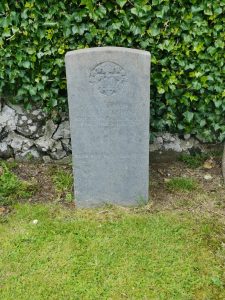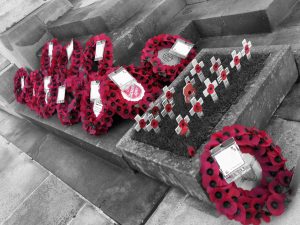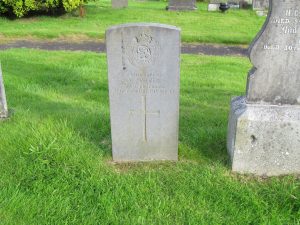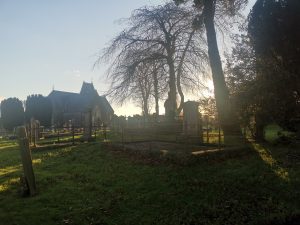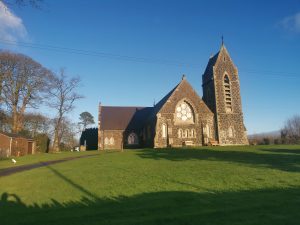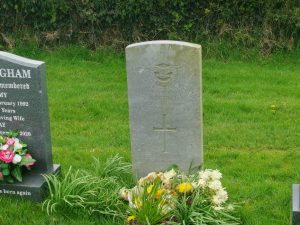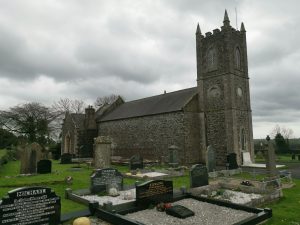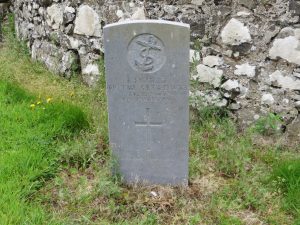Glenn W J (William John)

Glenn W J (William John)
Lance Corporal William John Glenn moved to New Zealand from Ireland in 1908 after serving for a period of time with the Royal Irish Rifles. He volunteered for the New Zealand expeditionary force at the end of 1916, joining the training battalion on the 9th of January 1917. He had no family where he now lived.
William was promoted the following month and would remain in New Zealand until July when he was posted overseas, joining the 15th Company, 3rd Battalion, Auckland Infantry Regiment on the 25th of July 1917. It was part of the 4th New Zealand Infantry Brigade, which had only been formed the previous March.
During his time in France, William was wounded on the 4th of October 1917. He did though stay with his unit until the 24th of February 1918, when he transferred to “A” Company. 2nd Battalion, New Zealand Rifle Brigade
William would survive the war and went to Ireland after being discharged in 1919 where he unfortunately died from heart failure just 3 months later. He had suffered from severe influenza seven months before and it may have been linked. Lance Corporal William John Glenn was more than likely a victim of the Spanish flu pandemic. [1]
The Spanish flu is rather deceiving as it did not originate in that country of its namesake. Spain though was the first country to openly report on the pandemic due to its neutrality in the war. Therefore, the illness received its name by this association.
The outbreak began around January 1918 and ended at the end of 1920. There were three major outbreaks, each deadlier than the previous. Great efforts were made to suppress the news, but so many people were affected that it became pointless as the flu crept through the armies and into the villages, towns, and cities of Europe. There were no vaccines to protect against this flu virus or the infections, no antiviral drugs to treat it and no antibiotics to treat secondary bacterial infections like pneumonia. The only tools that authorities could implement was the promotion of good personal hygiene, isolation, and quarantine of the ill, along with the closures of public places.
There are several servicemen in the county’s cemeteries who possibly died of the illness, most of whom were diagnosed with meningitis, flu, or pneumonia. It especially affected young adults.
William was eligible for the British War and Victory Medals, his sister Miss Mary Glenn received them.
Date of Death: 13/05/2019 (Aged 44)
Service: “A” Company. 2nd Battalion, New Zealand Rifle Brigade and the 3rd Battalion, 15th Company, Auckland Infantry Regiment.
Service Number: 44718
Burial Location: Aghadowey (St Guaires) Church of Ireland Churchyard
[1] Spanish Flu: 50 to 100,000,000 deaths.
